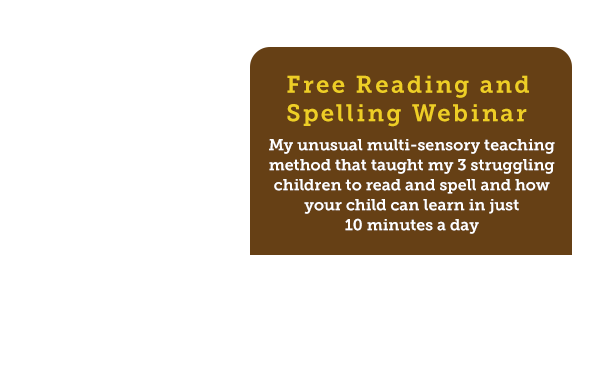This blog is in response to a question posted on Facebook by Reyna. She asked me how to help one of her students, a boy who is extremely active and is struggling to hold his sight words in his long-term memory.
Firstly before we start, what are these sight words I am talking about? Sight words are those words that you can’t sound out. Those words that make up about 25% of all the words in the English language that we speak and write.
Words like WHO, THE, OF and SAID are examples of sight words. These words are in all the sentences we say and read.
Here are 19 ways to help a child remember how to spell their sight words.
Physical movement
need to move to learn.”
If your child is super active, then this is the perfect one for them. I’m only going to give you 3 examples but there are thousands of ways.
- Skipping
Using a skipping rope, get your child to jump over the rope, and spell the word. “S —jump — A — jump — I — jump — D, spells said.”
Or, get your child to just skip along the ground if you don’t have a rope and spell out the word.
- A trampoline or bouncing mechanism
While the child is bouncing, get them to spell out the sight word. This gets both the right and left brain hemispheres working together.
- Walking
Children can walk around spelling out their sight words. This will help them lock these words into their long-term memory.
into a child’s long-term memory.”
COLOUR
I am a massive fan of colour.
- In my Speech to Spelling Code™, I use blue for consonants and red for vowels. Just like this said. This helps to make the word more easily decodable.
- Use Post-it notes to break up the words. Write each part on a different Post-it note, then get the child to join them to make the word.
- Break words down into the prefix, root word and suffix and use colour.
Under—stand—able (understandable).
Chunking
You know I’m a big fan of chunking, which is breaking words down into smaller parts, but you can also do base chunking on syllables.
- You can use Post-it notes to break words into syllables, so the child can see how a word is made up of parts. Be (one Post-it note) cause (one Post-it note) – spells “because”.
- Put your hand under your chin. Every time you say a syllable, your chin will drop. Give it a try!
- Use a drum or bang on the table for each syllable. Kids love active learning.
Check out my Facebook Live video on this topic here; You Tube or Facebook
Let’s look at some more ways of getting sight words into a child’s long-term memory.
Changing location
This might seem like a strange thing to do, but it’s a really great way. Using the example of the word SAID. The word is broken up and put onto different Post-it notes.
- These Post-it notes are put in different locations around a room. The child has to go to each part of the room to collect the parts of the word.
- The parts of the word can be put in different rooms within a house.
- You can also get children to move around an object, such as a desk or table. Each Post-it note is placed around the object. For a table this may be on the top, underneath or on a leg.
This is all aimed at associating movement with bringing together parts of these sight words. Those really difficult words that can’t be sounded out easily. Remember though, you can also use these methods for tricky words in general, that children need to learn.
Tactile tools
This is another one that kids really love. Here are a few examples.
- Shaving cream
Even big kids really like this one. Get some cheap shaving cream and spread it over a table top or a food or cooking tray. Get the kids to trace the words in the shaving cream.
- Bumpy Boards
You can buy these or make your own, they are simply just a piece of textured flat something. It could be a piece of textured fabric or a piece of wood. Anything that provides a tactile cue as the child traces the letters of the sight word.
- Bubble wrap
Place the sight words under a sheet of bubble wrap and have the child pop the bubbles over each letter in the word.
Teachers; these activities could be set up by parents during reading groups or spelling lessons.
Mnemonics
This is a really a funny word (as in the way it is spelt) but this can be a really fun way to remember things. It is something that I have personally used in the past, on many occasions.
Mnemonics uses the individual letters of the word to make up a ditty. Something that is meaningful to you that you know you will remember. Let’s look at the word ‘said’.
- SAID – Sally ate icy dumplings.
- One I was given by a 16-year-old dyslexic boy is: BECAUSE – Bunnies eat carrots and unusual stripy eggs.
- Another one I created today is…
WHO – Wally Ho said: “who is coming?”
Get your child to create their own mnemonics to help them to remember their sight words.
- Create a story
Here is a story that I created to help kids remember the word OF.
OF: Oliver Fenton likes working in his office, but he doesn’t like the open floor plan.
So there you have it! These are my 19 tips and ideas for helping children to remember their sight words. These are just some of the many ways to help with those tricky words that can’t be sounded out, so let your imagination run wild.
Photo credit: Mantas Hesthaven




















Great ideas – shared to my FB page! Thanks!